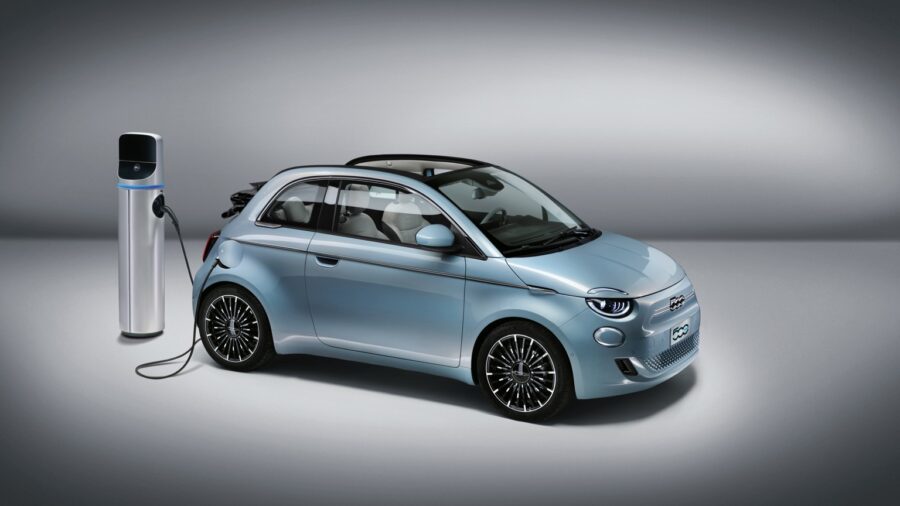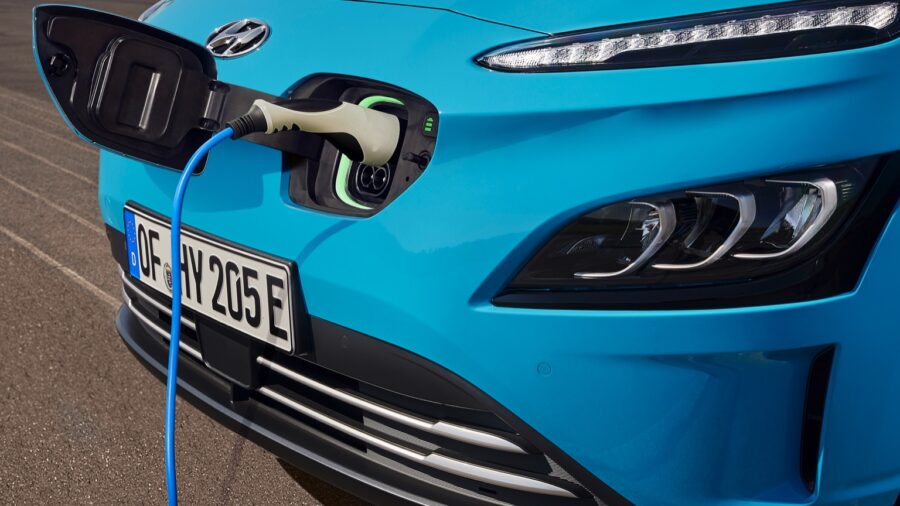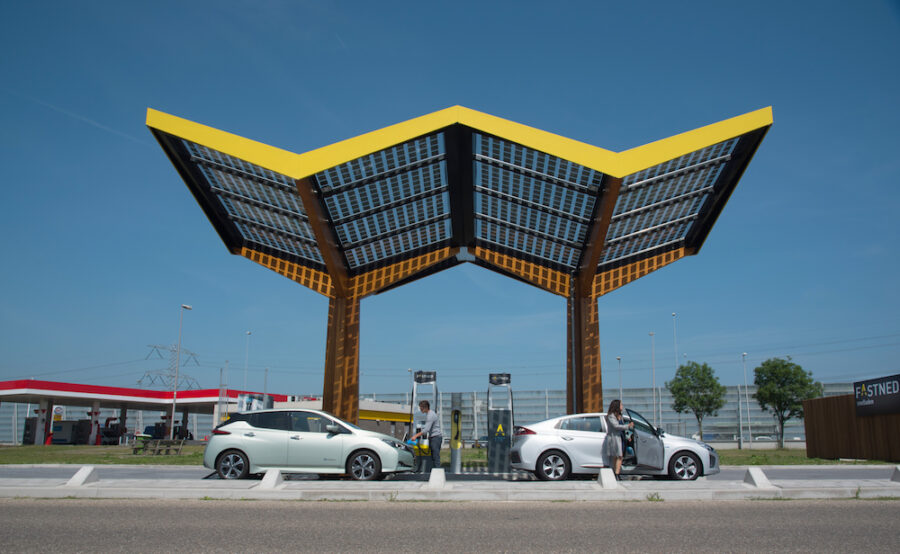This is going to sound nuts, but I believe the most important company of this decade will be a “car” company. Specifically Tesla.
But why?
Here are my thoughts.
Tesla’s Mission
“Tesla’s mission is to accelerate the world’s transition to sustainable energy.”
That’s a direct quote from Tesla’s website. It’s what their founder, CEO and Technoking (yes, that really is his title! 😂) Elon Musk believes, so much so, that Tesla’s patents are open-source – the goal being so others can benefit from the advancements Tesla have made.
Elon believes that even with access to Tesla’s intellectual property, competitors still won’t be able to compete, thanks to the companies software and manufacturing excellence.
The first step to becoming a great organisation is having a mission people truly care about and believe in. In my book, there aren’t many missions stronger than trying to make the world a better place to live.
Tesla’s diverse business(es)
It’s a great misconception to believe that Tesla is a “car company”.
- It’s a sustainable energy company, selling solar panels and solar tile roofs ☀️
- It’s an energy storage firm, selling Powerwalls and Megapacks to individuals, businesses and countries! 🔋
- It’s a utilities provider, powering homes and businesses ⚡
- It’s a battery pack and cell manufacturer, working on it’s 4680 cell technology for the cars of the future 🔋
- It is also a car company, building, assembling and selling the fastest, most efficient electric cars on Earth! 🌍
- It’s a vehicle manufacturer, developing a pick-up (Cybertruck) a lorry (Semi) and an ATV (Cyberquad) 🛻🚛🏍️
- It’s in the servicing industry, providing the parts and labour required to maintain all Tesla products 🛠️
- It’s a rapid-charging network, with more than 25,000 Supercharging stalls globally ⚡
- It’s an insurance provider, providing cover for those driving it’s cars 📄
- It’s a software company, designing it’s own mobile apps and the in-car interface ⚙️
- It’s an AI robotics firm, developing the code for Full Self-Driving (Level 5 Autonomy) and the Tesla Robot 🤖
- It’s a supercomputer manufacturer, building the most powerful computer of all time, to support it’s AI 🖥️
- It’s a currency trader, holding Bitcoin and selling in multiple currencies around the world 💱
All-in-all, Tesla has a huge number of areas of speciality, and is vertically integrated to the extreme!
Tesla aims for the moon, in EVERYTHING it does
Tesla has a culture of being the absolute best in class at everything they do. Tesla doesn’t settle for second best, if they commit to something, they’re aiming to be the best.
They didn’t just aim to make a fast electric car, they aimed to make the fastest production car in the world – and they did!
They wanted to build safe cars, and they really did – when released, the Model 3 was the safest car the NHTSA had ever tested! The Model Y received top marks too.
They aren’t satisfied with a Gigafactory, they’re aiming to be able to produce 10 terawatt-hours of battery capacity by 2030. VW is a leader in electrification among the legacy automakers, “boldly” aiming for 240 gigawatt-hours of capacity by 2030. Tesla is aiming to produce that (and another 10gWh) from their new Berlin factory alone… in the next few years!
They aren’t aiming for gold standard driver assistance aids, they’re working on fully autonomous vehicles, which are already 10 times safer driving than a person. Entertainment centres on wheels, with Netflix built-in, and no need for steering wheels.
They aren’t even satisfied with the cars as they are when they sell them, so they’re constantly tweaking, enhancing and upgrading them with free, over-the-air software updates. Extras include: entertainment upgrades like the YouTube app and Fallout Shelter game; Sentry mode, a security camera recording system; power boosts and range improvements; faster charging speeds; mapping upgrades and charge station updates; and much, much more.
The entire fleet provides data to Tesla and their neural nets are constantly learning and improving features, be that airbag deployment safety, automatic wipers sensitivity or full self-driving accuracy.
They weren’t happy welding individual parts together, and now use a Gigapress/gigastamp, which speeds up production and improves quality – stamping car bodies out like toy cars! This helps them to produce a car every 2 minutes!
They have Elon Musk
Whatever your opinion of the man, he’s a visionary, with extraordinary determination, and the ability to galvanise a cult-like following. He’s had huge success in the past with Zip2 and X.com (which became PayPal), and his current companies are doing pretty well too!
In September, SpaceX sent four regular people into space. They orbited the Earth for 3 days, higher than the ISS and higher than any human has been since we went to the moon. The Starlink satellites are rolling out rapidly, offering high-speed, low latency internet globally.
Having multiple companies which can integrate and share knowledge is a huge bonus. For example, what other car manufacturer is able to send a car into space – like Elon did with Starman in his Tesla Roadster.
His approach to a problem is to make the product ten-times cheaper through relentless efficiency and looking at the problem in a new way. One example can be seen at SpaceX, the view there was that throwing a rocket away after each launch was a big contributing factor to its cost. Elon often likens it to throwing away an aeroplane after each flight, it’s madness! So SpaceX engineered self-landing rockets, a phenomenal idea, cost saver and huge achievement!
Musk also owns The Boring Company, which is creating tunnels under major cities to enable significantly faster transportation – another service Tesla cars could benefit from.
The knowledge sharing across his companies is a huge advantage, Tesla’s competitors just don’t have.
Footnote
I’ve been meaning to write this post for a few months now, and started working on it in September. This was before Tesla’s huge Q3 deliveries and financial results, and the massive stock growth which followed – making them the 6th biggest company (by market capitalisation) in the world! It seems like these developments further support the thinking that Tesla will be the biggest company in the world this decade.





